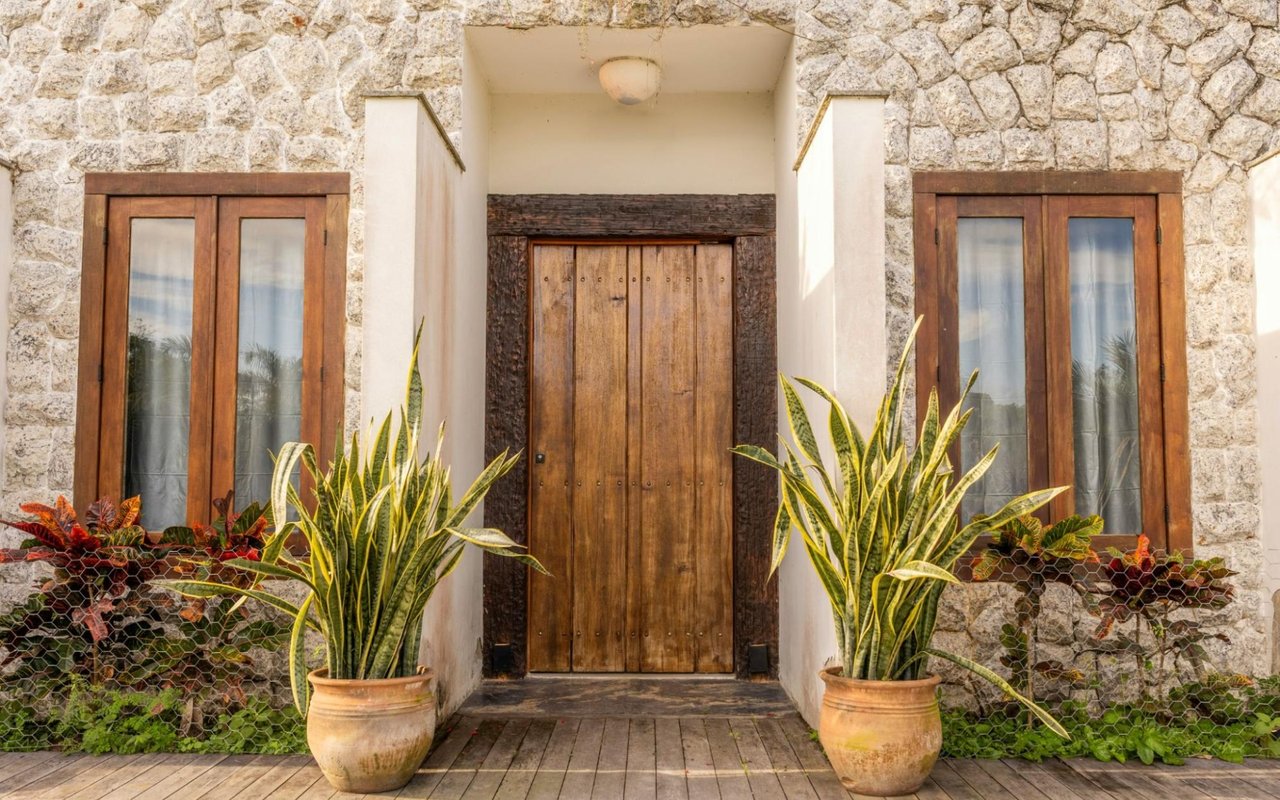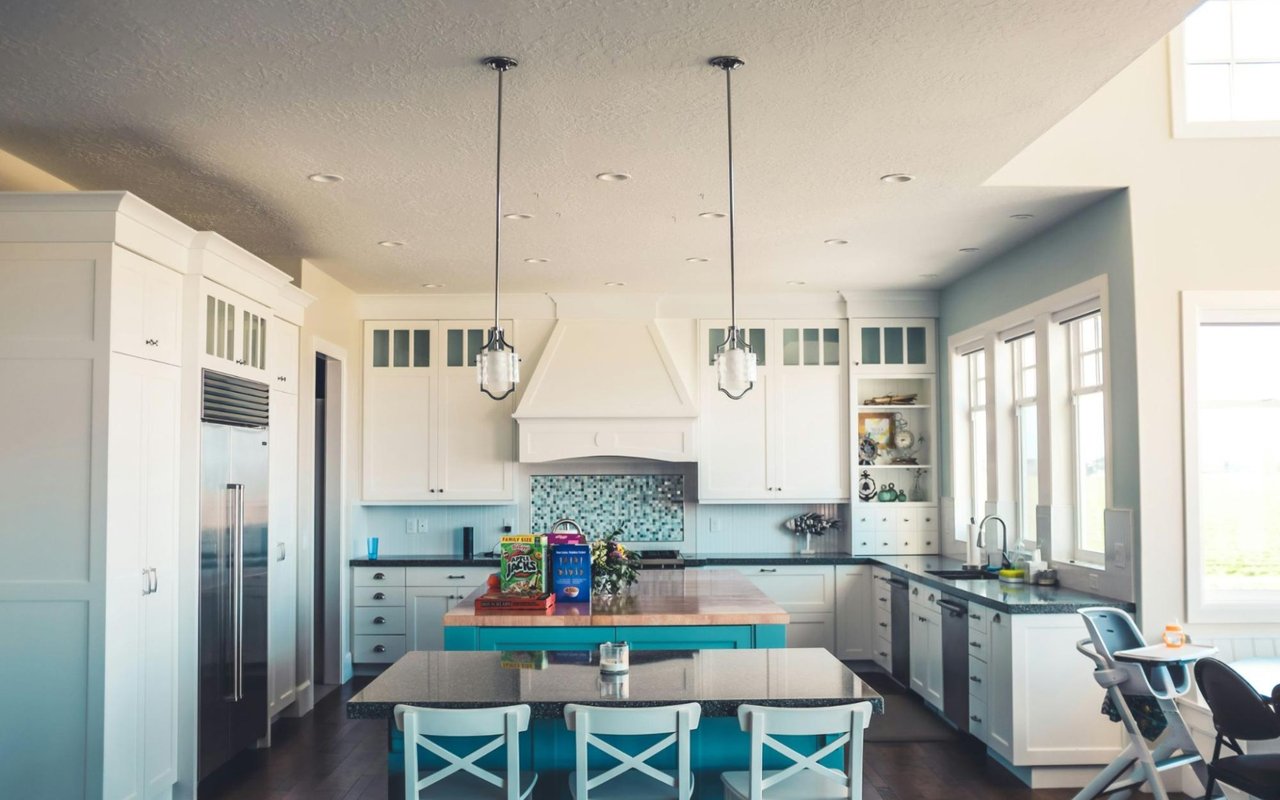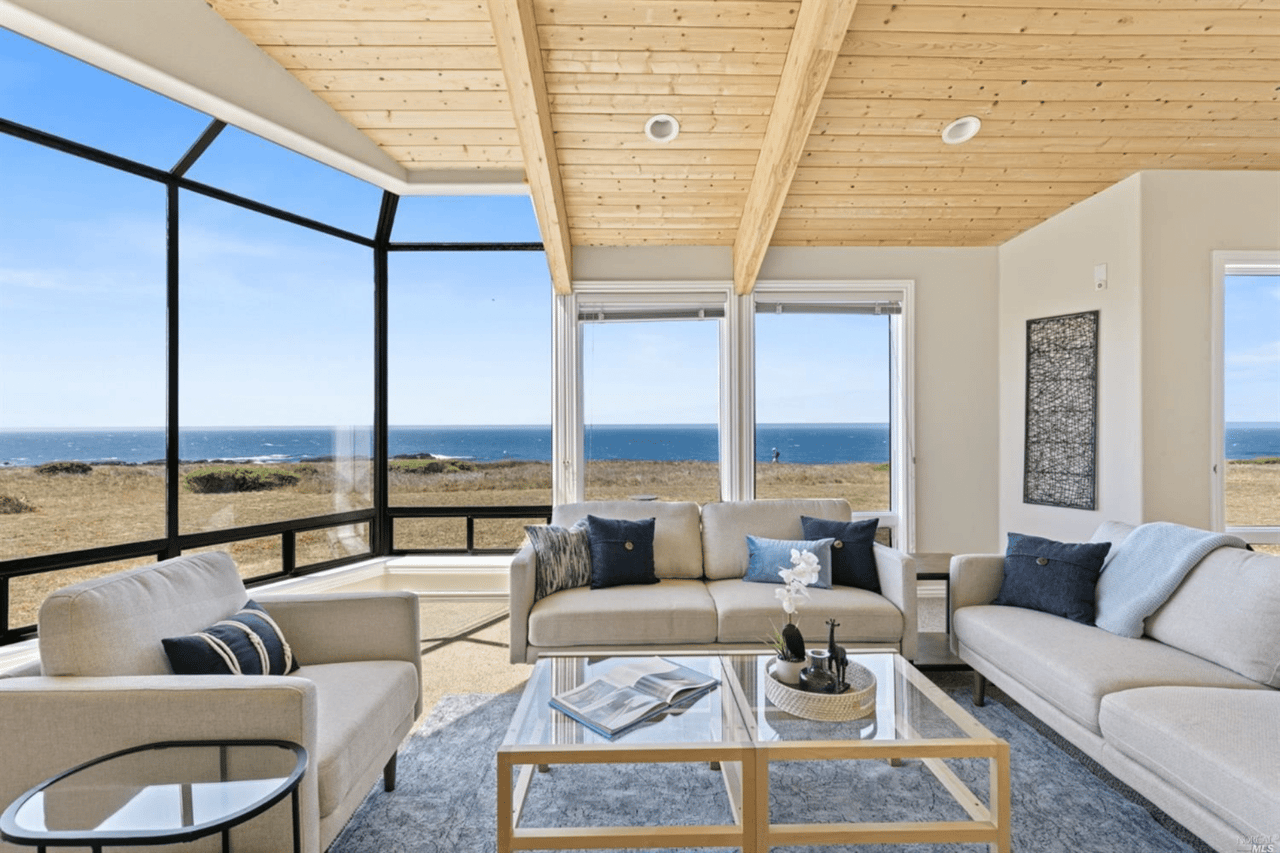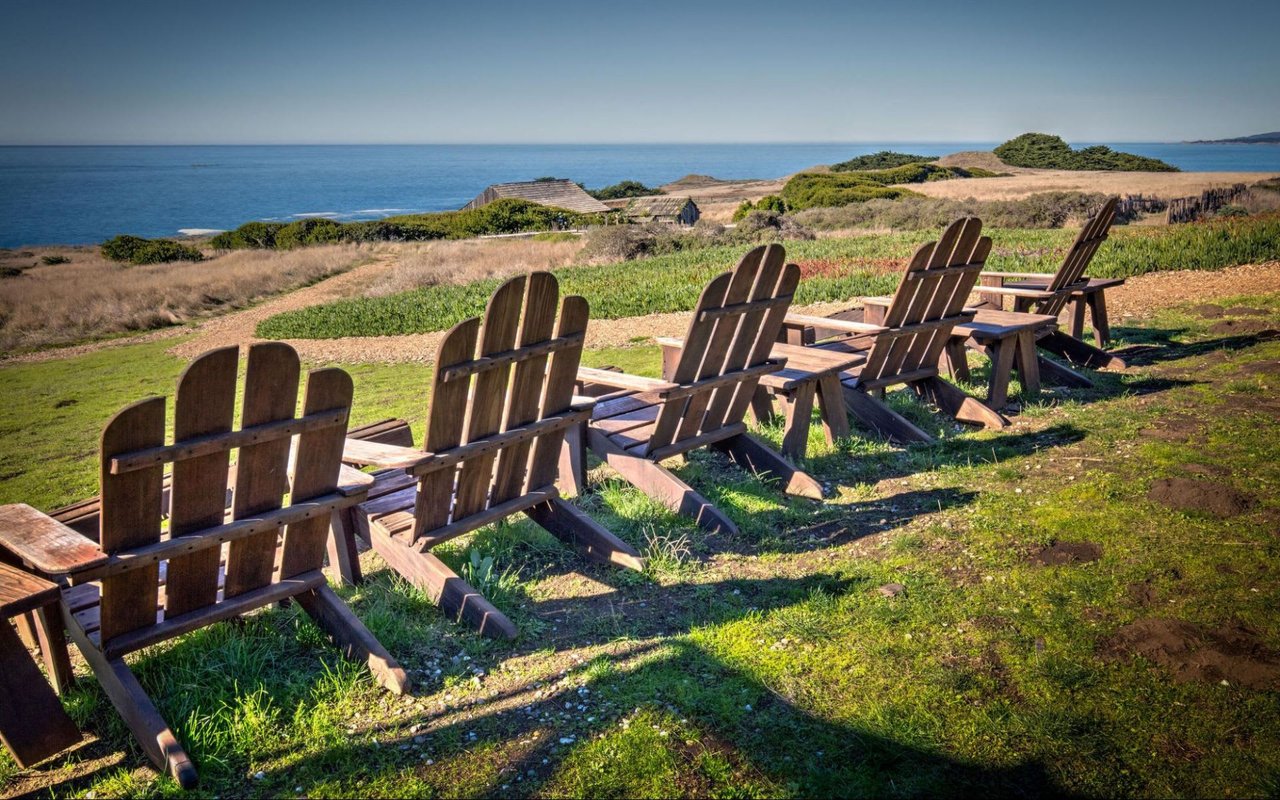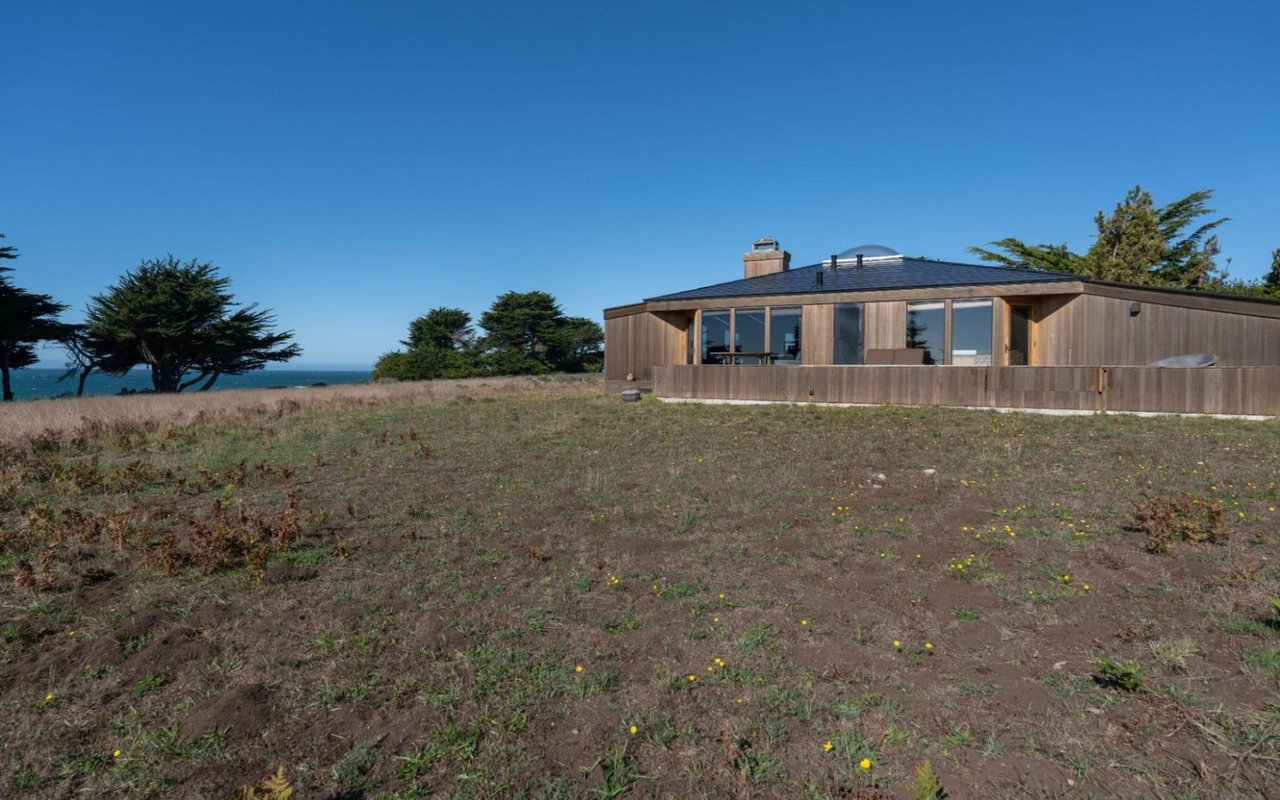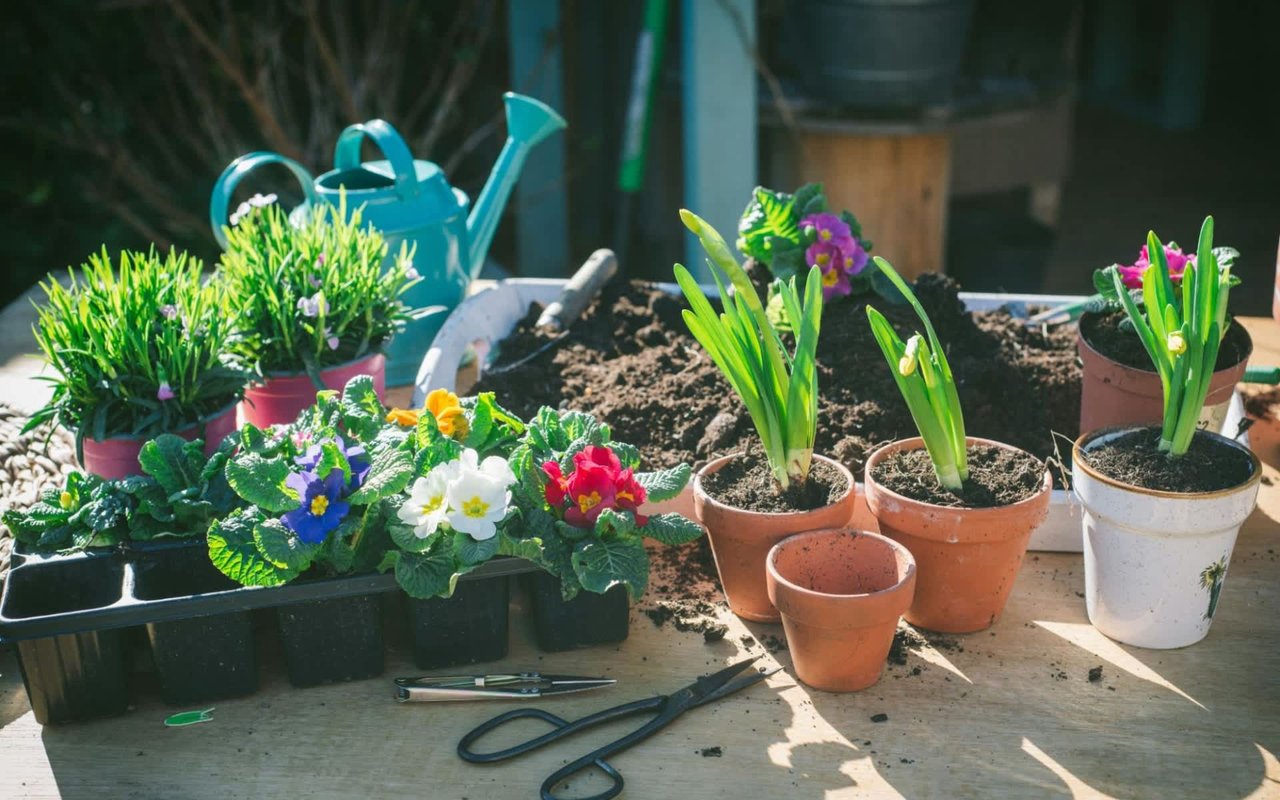Whether you live in
Sonoma,
Mendocino, or
The Sea Ranch, there's little doubt you wake up every day in awe of the spectacular natural surroundings. It's just one of the many perks of calling this stunning coastal locale home.
But where the natural wonder ends, it's up to you to pick up the slack. Long have residents in this region of the state taken up the mantle to live lightly on the land. Sure, you can shape and mold it and put your own stamp on it, but you want to do so with as little environmental impact as possible.
The whole goal is to ensure your home's landscaping lives up to the standard established over millennia - that your property's "manufactured" aesthetics are made to complement and enhance the surroundings, not detract from or damage them.
To protect our region's natural wonders and keep the terrain free from intrusion, it starts with good stewardship of our home's landscape. But how does one create the perfect oasis at home and do so responsibly?
It's not as difficult as you might think.
It does take time and planning and, in certain cases, a little investment. However, we suspect that for those who've chosen to live or purchase property in the wild blue yonder of northern California, you don't mind engaging with landscape professionals or getting your own hands a little dirty to make your home's exterior spaces come alive.
Let's explore the finer points of seaside landscaping and provide you with seven tips for a beautiful (and sustainable) coastal landscape.
Create a plan
Before taking on any landscaping project, create a plan. Even if you're adding a few planters or building a small vegetable garden, laying out the specifics of what you hope to achieve will ensure a far less stressful process.
For large-scale beautification projects, a well-established blueprint is of particular importance. Beyond any of the project's do-it-yourself aspects, you may need to coordinate various contractors, layout schedules, and have contingency plans for inclement weather or other unexpected delays.
Finally, at the outset of crafting your landscaping plan, understand your site and what you'll be working with. In many cases, you'll want an updated survey. Good to have as a general rule, the survey makes laying out even moderately sized improvements that much easier.
Again, even for the simplest of upgrades, the more planning you do before moving any earth, the easier and more streamlined your project will be. You'll save a considerable amount of time and money.
Understand your soil and environmental conditions
One of the primary factors to consider prior to any planting or extensive landscaping is the environmental conditions your home faces - including the soil.
A coastal setting proves particularly harsh on numerous species of plants. Wind and the salty sea air will doom any number of plantings long before they ever sprout from the ground. Along those same lines, your soil plays a huge role in what you can and cannot plant.
Based on your requirements, you may need to alter your landscape beyond its original scope to accommodate your project. For example, elevated planter boxes may be impractical at homes nearer the coast unless you also install an accompanying windscreen.
To ensure you're able to capture the beauty and satisfaction of a blossoming landscape, study and learn about your surroundings and the impact on your property, then proceed accordingly.
Choose the right plants
While your first inclination for a beautiful coastal landscape is to go for the plants that pop with color or promote a specific mood, that's not always sustainable. Give plenty of thought to how the plants and vegetation you choose will interact with each other as well as their surroundings.
Similar to taking stock of the environment you're working in, study the plants you hope to use. Your research will reveal the species that not only look great together but also work in tandem. This serves two purposes.
First, you'll take your first foray into creating a sustainable landscape. Companion plants maximize both your landscape's space and efficiency. You'll also figure out what species repel or attract pests, those that can fertilize the soil, which ones possess invasive root systems, and those that promote better water management.
Second, you'll save both time and money by reducing the necessary maintenance on your landscape. The more your plants do the heavy lifting of repelling pests or cross pollinating or retaining water for your yard, the less you have to stress over the ongoing upkeep.
Allow wild areas to stay wild
If you live in The Sea Ranch, you'll already understand this highly sustainable step to landscape beautification. Instead of attempting to manage every last square foot of your landscape, grant space to wild grasses, shrubs, and trees and allow them to thrive.
From a beautification standpoint, reducing the amount of turf you actually care for promotes the natural aesthetic that initially drew you to northern California. You also vastly reduce the maintenance necessary to keep up with your outdoor spaces.
Of course, you should continually monitor such areas for potential problems - overgrowth, unwelcome pests, highly invasive species (plant or otherwise). However, allowing a portion of your land to grow free helps frame the manicured sections of your landscape and maintains the "live lightly on the land" principles so vital to our area.
Promote efficient irrigation
Maintaining a beautiful northern California landscape requires water. From land irrigation to garden installed systems to old-fashioned hand watering, sustainability mandates responsible water usage and management. To lessen your water usage and continue to maintain a beautiful property, incorporate water conservation techniques into your overall landscaping plan.
For starters, when evaluating your selection of plants, lean toward native and drought-tolerant plants. In both instances, you'll reduce water usage by incorporating species accustomed to local environmental conditions. Apply that same mindset for flower or fruit and vegetable gardens, so your plating success doesn't rely so heavily on water.
Next, incorporate responsible irrigation methods such as capturing and storing water, drip irrigation, and utilizing intelligent systems to automate your irrigation schedule. Each technique helps efficient water usage while providing your landscape the moisture it needs to thrive.
In addition, incorporate compost and mulch made from organic materials to further promote soil health. The best soil toppers will support greater moisture retention, reduce your reliance on irrigation, and cut your water usage costs.
Don't neglect your hardscapes
Many times when creating a cohesive landscaping design, hardscapes are given short shrift. Yes, we take time to consider our patios and walkways and how they incorporate into our home's overall exterior. But what about their sustainability?
Retaining walls prevent runoff and erosion and, in certain instances, are incorporated as additional planters - but only if you install them correctly. Utilizing permeable flagstone, brick, or interlocking pavers or pervious asphalt or concrete on drive and walkways promote water retention by allowing stormwater to drain into the ground.
You can apply those same principles to additional hardscapes - decks, fences, fountains, gazebos, pergolas, potted plants, and sculptures. All of the above can serve your landscape's sustainability if incorporated wisely.
When considering a hardscape, evaluate how the new structure will best reduce your water usage, promote moisture retention or lessen runoff and erosion.
Develop a maintenance plan as well
Finally, it's not enough to create the perfect landscape - you must care for it as well. We've already touched on certain aspects of your home's exterior maintenance - monitoring your "wild" areas, mulching, irrigation - but the care goes well beyond those tasks.
Address a lot of your maintenance needs early on by designing a landscape that minimizes upkeep. Group plants with similar water needs together to reduce the volume of water and time required to care for them. Incorporate your water conservation systems early on to promote sustainability from day one.
When physically caring for your landscape, prune your trees and shrubs strategically. Practice proper pruning techniques for each of your plants that require it. Whenever possible, prune by hand, instead of with an electric or gas-powered tool.
Speaking of power tools, you can even take your commitment to sustainability further by purchasing yard equipment that minimizes fuel consumption. Or employ a landscape service that promotes and follows through on ethical and sustainable environmental practices when caring for your property.
Last, be sure to practice organic fertilization and holistic or integrated pest management. Incorporating both methods will strengthen the overall quality of your plants and soil while keeping your groundwater free from harmful chemicals. This approach will also ensure your non-landscaped areas are kept safe for the coastal region's abundant wildlife.
Ready to explore the best of coastal California real estate?
Contact Hanne Liisberg & Company today to start your home buying or selling journey. From Sea Ranch real estate to Coastal Sonoma and Coastal Mendocino homes for sale, allow Hanne and her team's years of experience and expertise to be your guide to the northern California luxury real estate market.


